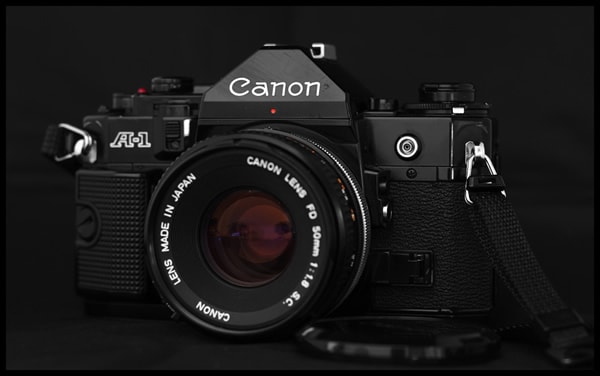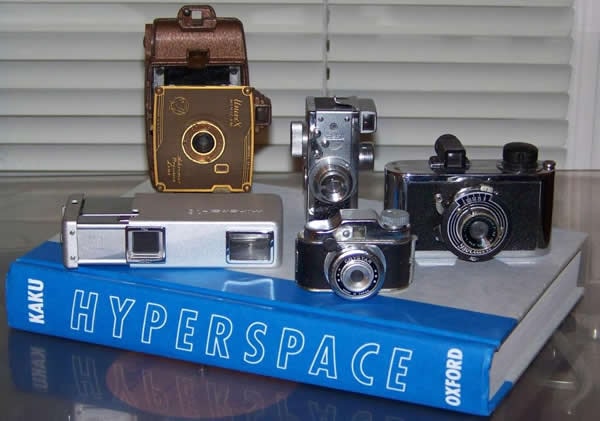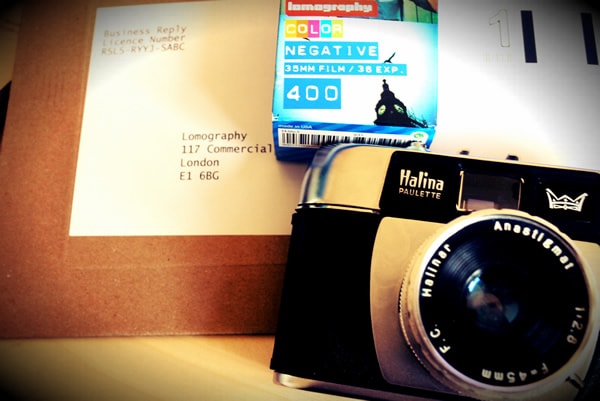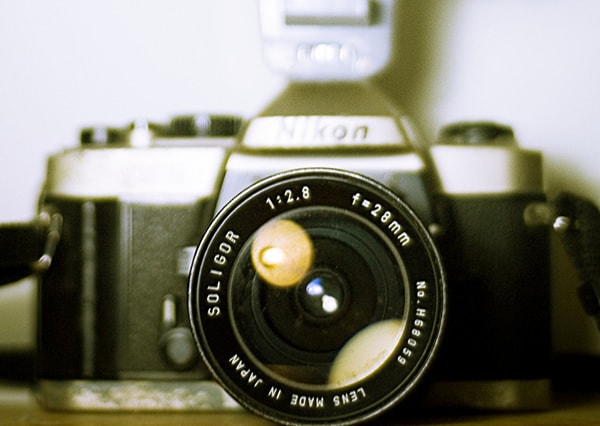The Future Of Film
The history of photography has a long and varied timeline. Throughout this course, though, there has been one constant: film. In spite of recent digital dominance, the original photographic medium is still being produced en masse to this day.
This, of course, is welcomed by many of those who grew up in the pre-pixel era, and by newcomers who appreciate the charm of film. But for how long can film hold its appeal?

photo by Serge R.
The Story so Far
Of course, as the last decade progressed, digital equipment became cheaper, digital storage grew exponentially, sensors became smarter, and film’s quality was no longer an outstanding feature for the serious photographer. At the same time, the demise of the instant camera – made redundant by the combination of photographically well-equipped mobile phones and high resolution monitors – made the social element of film photography a thing of the past, too.
The most insidious development in favour of digital has, surprisingly, been film. An impression of film, anyway. Apps like Instagram and Hipstamatic have caught the imagination of a whole generation of mobile photographers, who are drawn in by the vivid colour and harsh vignettes they can impose on their snaps with one tap of the thumb.
Given that even film can be digital now, why do we need actual film any more? To the casual observer, it would seem hard to argue a practical case for film’s ongoing endurance. In spite of this, film still has its ardent supporters. Why?
The Argument in Favour

photo by alexkerhead
Most photographers would agree that photography should be an art. As any artist will tell you, the creative process is not reliant on efficiency, convenience, economy or clinical perfection – it is all about finding the right mindset, and what feels good. In recent times, however, the demands of the digital workflow have turned photography into a form of computer science.
With this in mind, it should be considered that a digitally captured image can be warped, twisted and distorted in an infinite number of ways, but this isn’t photographic artistry – it is computer artistry. For true photographic creativity at the point of capture, film is still unrivalled.
The equipment associated with film photography is also a draw for many. A simple test can illustrate why this is; walk over to your digital camera – pick it up, look at it, and take a picture with it. Are the aesthetics of the black plastic box in your hands so divine as to be ornamental? Does its shutter make a reassuring, mechanical click as you capture an image? And do the images it produces arrive from the memory card with an organic uniqueness and a definite style?
Unless you are lucky enough to own a Leica or a modern Fuji, I doubt that you’ll be able to answer any of these questions in the affirmative. The majority of photographers in possession of a film camera, however, would be able to give a positive reply to all of the above questions.
The move away from film has, additionally, had an impact on technique. Lazy photography – that is, a reliance on the “fix it later” of Photoshop rather than photographic skill – has spread like a rash, a shift which has occurred concurrently with the rise of digital. The extra care and attention required when taking pictures on film can only improve image quality.
The Renaissance

photo by Pete Sandbach
The reasons as to why film should still have a place in the modern photographic landscape are clear, then. But what we need is some real-world proof that people still appreciate film’s merits. Thankfully, I have not had to look far in my evidence gathering.
The maker and crafter communities have embraced film more than ever in the past two or three years, and the impressive results of their efforts can be seen on websites such as Kickstarter. One notable example is ONDU. Based in a large, Bulgarian shed, this micro-enterprise produces wooden pinhole cameras, which are designed to be visually elegant and practically functional in equal measure.
Undoubtedly, they are not cutting-edge – the shutter is a block of wood you must move by hand – but that doesn’t matter. Cameras like these are joy to hold, a joy to behold, and most importantly, a joy to take pictures with.
Film cameras are nothing without their film, though. Companies like Kodak and Fuji, which once produced film on a massive scale, have either removed themselves from film manufacturing, or are in the process of doing so. Once again, though, enthusiasts are attempting to fill the void. In 2008, two passionate Polaroid photographers (Dr. Florian Kaps and André Bosman) met at the instant camera manufacturer’s film production plant in Enschede, in The Netherlands, at a Polaroid closure event. Rather than allow their beloved cameras to become obsolete, they decided to start making polaroid film themselves. A year later, they were producing and selling their first films – the PX 100 and 600. In the following years, their company, Impossible Project, has developed a number of new, original films. The Impossible Project, it would seem, continues to be very much possible.
What Does the Future Hold?

photo by Jonathan Lin
If film is to survive in an ongoing way, those who love film must find a higher level of innovation. New ideas to make film easier to scan, easier to develop, or cheaper to buy, would instantly improve film’s future prospects, and give new generations a reason to invest in an otherwise dying medium.
The start made by Impossible Project is a good one. Their chief chemist, Martin Steinmeijer, and his team, are developing new films from scratch, with improvements in sharpness, colour saturation and colour protection. In time, it seems likely that they will continue to create new films with new processes. Film’s continued improvement, however, cannot all be placed solely on Impossible Project.
It is clear that film’s fate is far from being sealed. For the foreseeable future, there will be a continual, steady demand from professionals and enthusiasts. Digital technology will continue to move forward at pace, though, and without new features and technologies of its own, film is in danger of becoming a sitting duck. What a tragic end that would be for such a beautiful method of capturing what we see.
